Don't wanna be here? Send us removal request.
Text
Ethics
For this project I had to consider the environment. This is because some of the material that I will be using could be harmful to the environment, such as paper. To prevent the paper from harming the earth I will recycle all the materials.
Things that I will have to consider with the theme of dissociation disorder is being mindful of the language, imagery, and stereotypes you use when depicting dissociation. Avoid portraying individuals with dissociation disorder as dangerous, unpredictable, or violent. Sensationalising or demonising mental health conditions can contribute to stigmatisation and discrimination. Use dissociation as a theme with the intention of fostering understanding, empathy, and awareness about the lived experiences of individuals with dissociation disorder. Construct narratives that humanise the characters and provide nuanced perspectives on their struggles, rather than exploiting their condition for shock value or entertainment.
When talking about the how the world is a stimulation I have to consider the effects it could have on peoples mental health. While stimulation can be exciting and invigorating for many people, it can also have negative consequences on mental health. Excessive stimulation, especially without adequate breaks or self-care, can lead to anxiety, stress, burnout, or other mental health issues. Highlight the importance of balance and self-care to prevent the harmful effects of overstimulation.
0 notes
Text
0 notes
Text
0 notes
Text
0 notes
Text
EVALUATION
This project was like a roller coaster. There was a lot of unutilised ideas but using mind maps, research aesthetic inspiration and peer feedback, I came to an conclusion.
I started off by doing workshops were I learnt how to use different tools in Adobe Illustrator,Photoshop and After Effect. I learned how to create 3D vases in Adobe Illustrator, create gifs using different tools, such as the mask tool in Adobe photoshop and created 3D bubble text in Abode illustrator using the blend tool. Most of these workshops were easy to produce but they only became more easier once I picked the topic for my FMP.
The topic for my FMP was ‘The world is not real’. This topic stood out to me because I feel like it seeps into the topic of dissociation. This is because when certain people with dissociative disorder, dissociate from the world they feel like things around them are not real, like they are seeing the world as lifeless and foggy, which I want to portray through my FMP.
For my FMP I sketch out a few ideas. Then I thought the best way to portray this would be using the content aware videos I made earlier on in the unit. I created these content awarded videos using Adobe Photoshop, After Effects and Premier Pro. The process of making this was long and some of the PNG sequences did not content aware, so I had to delete some of the video files. In order for it to look like a cctv footage I added glitches too my video and turned the image black and white in Adobe After Effects. The video turned out the way how I wanted them too and I don’t think I would change anything.
However, I felt like the video alone was not enough for my FMP, so I decided to created an awkward and weird atmosphere using objects. I took inspiration from backrooms. This is because I want the viewers to feel like they have walked into a alternate reality. I wanted to create a waiting room that feels out of place. The objects that I included in this waiting room is a backwards handle mug, a off cut piece of carpet, two small chairs, a framed picture, a tall table and a out of place shadow.
The process of making these objects was quite easy. The only problem I had was the shadow. Getting the correct measurements to match the chair was really hard. So, instead I decided to just trace a students shadow in the studio on a 10 pieces of A3 paper, which ended matched the chair perfectly .
I researched artists such as Cornelia Parker for shadow inspiration and looked at how she uses material and makes them appear as human shadows. Also, I research other artist that specialised in optical illusions for inspiration. It was hard to find an artist surround the object for my FMP because a lot of the artists that I looked at was not doing the same type of objects as me. However, I did find an chair optical illusion artist called Jean Beuchet. His chair tricks the human brain into perceiving the person on the chair is small, by having the base of the chair far away from the leg. The research that I did helped me to produce and interesting instillation for my FMP.
Overall, I enjoyed producing everything for my FMP. However, in the future I will try to manage my time better by created a better week plan. Also I would try to experiment more with my physical art.
0 notes
Text
OPTICAL ILLUSION DEFINITION
An optical illusion is a visual phenomenon that deceives the human eye and brain, causing us to perceive something that differs from objective reality. These illusions can occur due to the way our visual system processes and interprets visual information.
DISSOCIATIVE DISORDER
Depersonalisation-Derealisation Disorder: Individuals with this disorder experience persistent or recurrent episodes of feeling detached from their own self (depersonalisation) or from their surroundings (derealisation). They may feel as though they are observing themselves from outside their body or that the world around them is unreal or distorted.
Dissociative disorders often develop as a coping mechanism in response to trauma, such as physical or sexual abuse, neglect, or other overwhelming experiences. Treatment for dissociative disorders typically involves therapy approaches aimed at integrating dissociated aspects of the person's identity and addressing the underlying trauma.
0 notes
Text
CONTENT AWARE VIDEOS

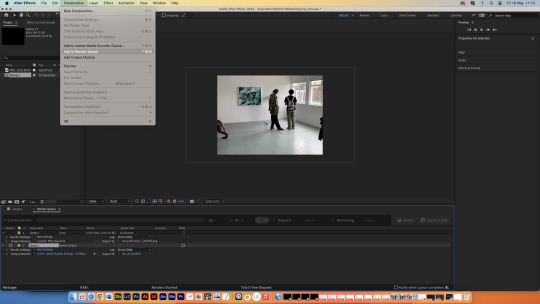


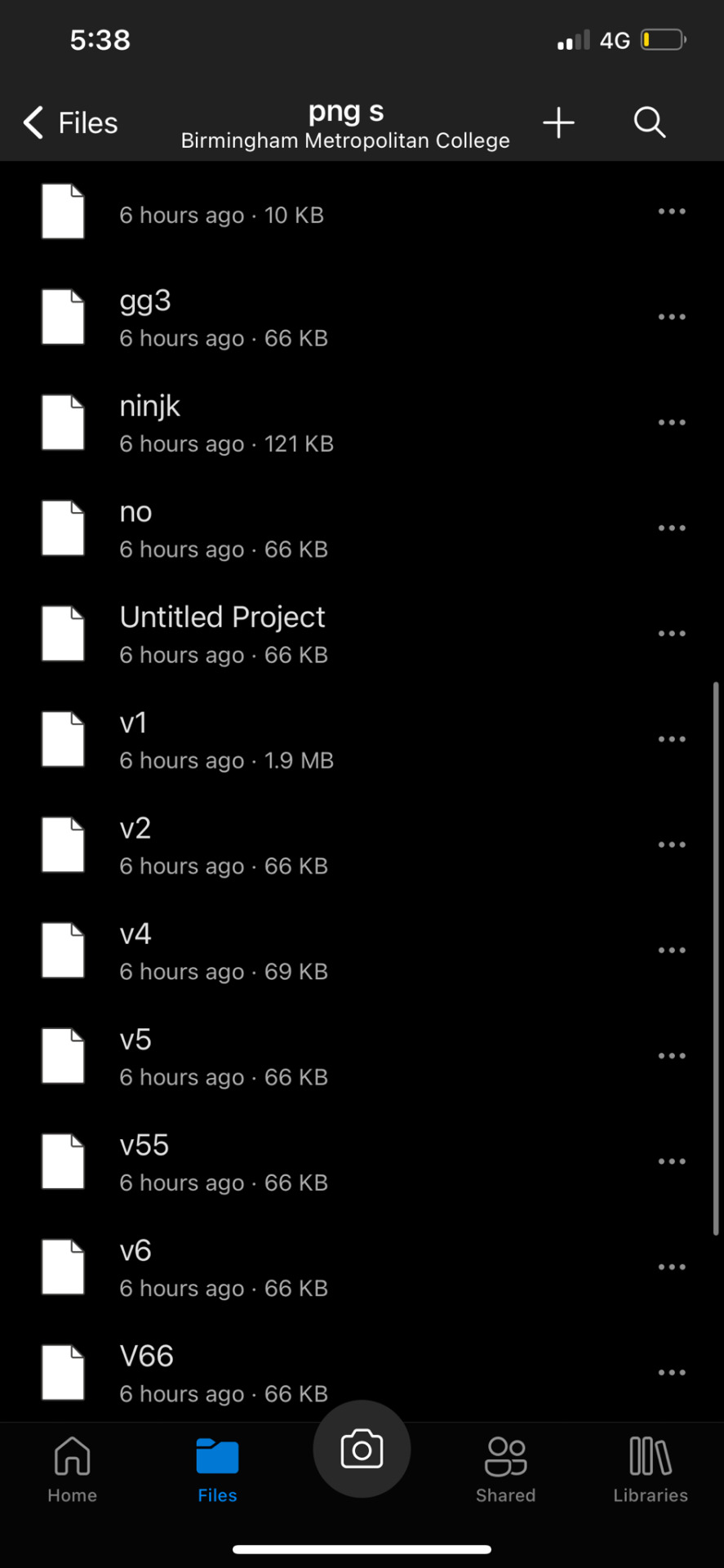
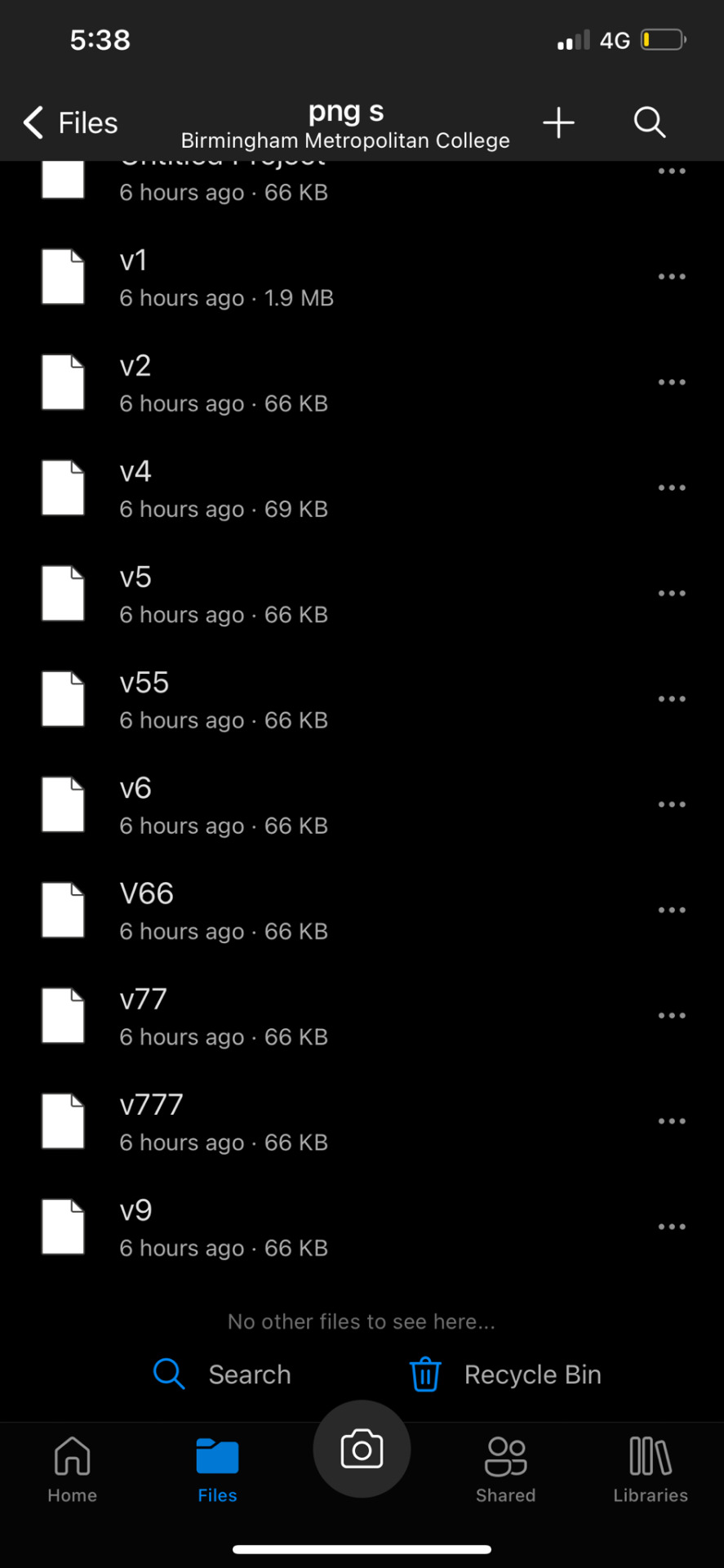
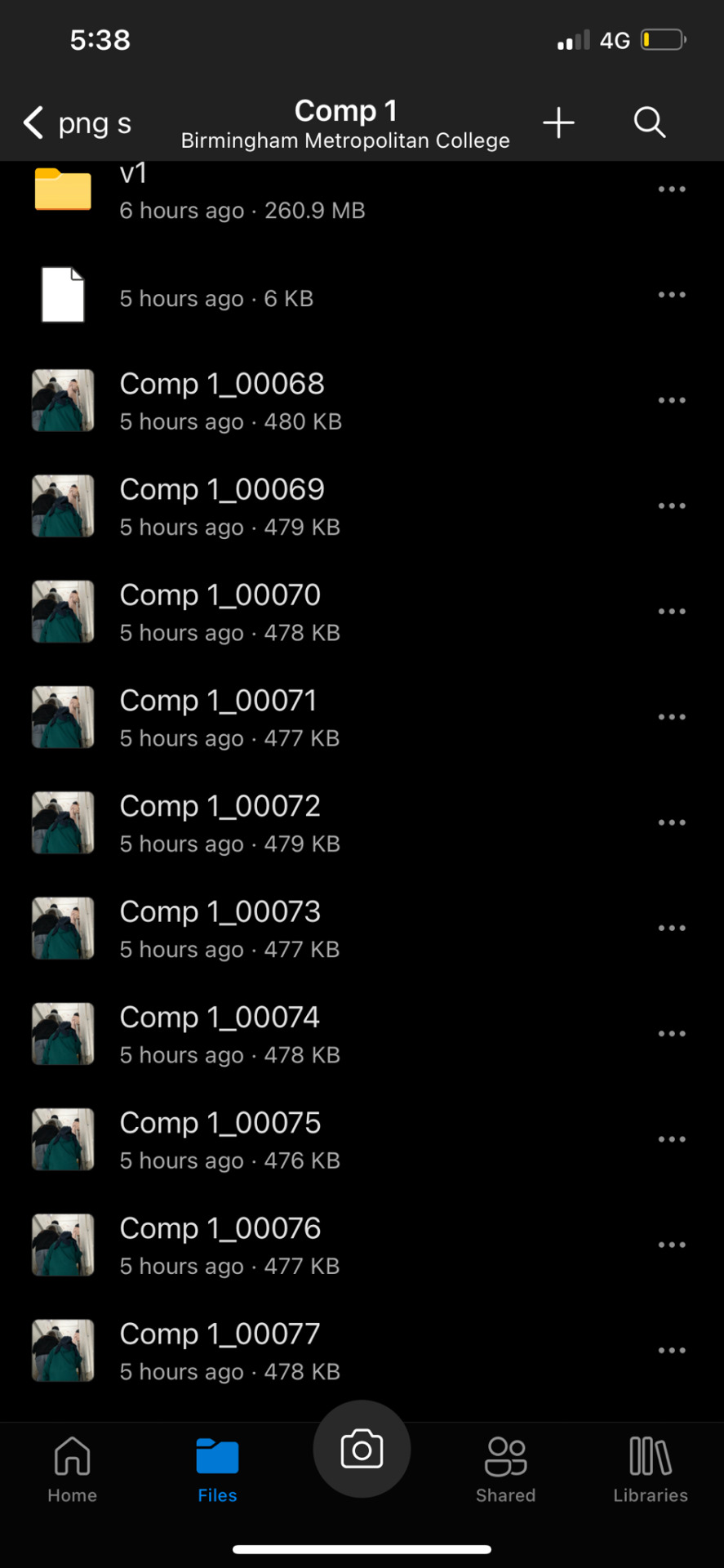
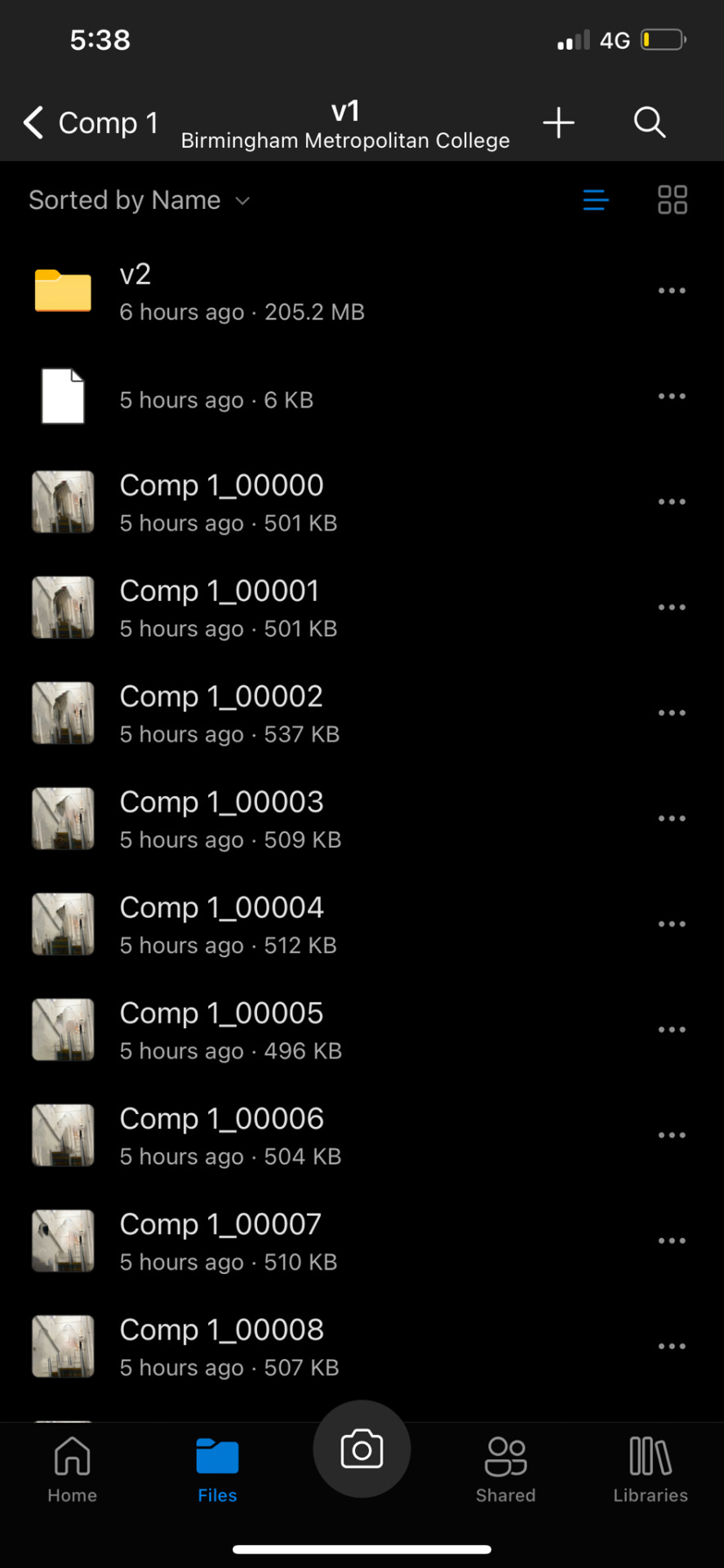
Link to files:
png s
videos (1)
OneDrive_1_10-05-2023
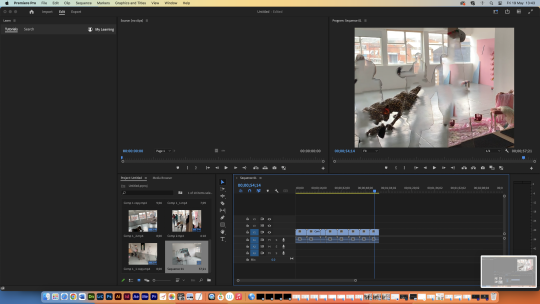
This is the process of me creating my content aware cctv footage. The overall process of this was very long. The apps that i used to create this was Adobe After Effects, Photoshop and premier pro. Overall, I like the way how this turned out. However, in the future I would try more experiments on it before I do it. This is because the files kept on failing whiles it was being converted into a content aware image. Using After After Effects I turned the image black/ white and add a few glitches to it to created a cctv footage aesthetic. The font that I used was inspired by a normal cctv footage image.
HEALTH AND SAFETY:
The things I had to consider was how long I sit at the computer. So I took little breaks in between making it by doing other practical things. Such as creating my table and mug.
0 notes
Text
SHADOW PROCESS




This is process of the final shadow that I am creating. This time I used the flash on my phone and ask one of the students in my class if they can sit still on the chair whiles I drew over his shadow. I used 10 sheets of sugar paper and outlined the shadow of the student. The first angle of the shadow that was outline was too big. So, we had to place the flash light at a different angle and draw it again. Then I cut out the small part of the shadow, which was a little hard because the small shadow and the big shadow overlapped. Using grey paper I will use the cream shadow to create a more realistic shadow.
0 notes
Text
EXPERIMENTAL MUG








This is the mug that I created using clay, clay tools and water. Overall, I do like the turn out of this mug.
0 notes
Text
Cornelia Parker



Cornelia Parker's artistic aesthetic can be described as conceptual, transformative, and often with a touch of the surreal. Her work explores the hidden meanings and narratives behind everyday objects and materials, challenging our perceptions and inviting us to reconsider their significance. Parker often incorporates processes of destruction, alteration, or suspension in her artwork. She takes ordinary objects and subjects them to transformative actions such as exploding, crushing, or freezing them in time. Through these processes, she reveals new perspectives and narratives, creating a sense of tension between the familiar and the unexpected.
This relates to my project because I am going to produce a shadow just like this artist.
0 notes
Text
Kumi Yamashita



Yamashita's most notable works often involve the manipulation of light and shadow to create intricate and detailed images. She uses a combination of objects, such as small wooden blocks, nails, or wires, and carefully positions them to cast specific shadows on a surface. The resulting shadows form recognisable human faces, profiles, or other intricate patterns. One of Yamashita's well-known series is called "Light and Shadow," where she uses a single light source to cast shadows of various objects arranged in specific configurations. These shadows, when seen from the right angle, come together to form detailed portraits or scenes. Her ability to transform everyday objects into delicate and intricate artwork through the interplay of light and shadow has garnered her international recognition.
0 notes
Text
DEWI VAN DE KLOMP


DEWI VAN DE KLOMPS squashed book shelf. Bending of the book shelf gives the illusion that the book shelf is melting. Which is the affect that I want to create using my work. In the first image the bottle’s looks like they are bursting out of the crevices and are squashed by the pressure of the shelf.
1 note
·
View note
Text
DAMIEN GILLEY



Gilley's aesthetic can be described as minimalistic and abstract, with a strong emphasis on geometric patterns and forms. He frequently uses materials such as wood, acrylic, and metal to construct his installations, which are carefully designed to interact with the surrounding environment. His use of the colours black, white, and shades of grey allows the geometric forms and light elements to take center stage, emphasising the play between positive and negative space and helps the image to be seen as if it’s coming out of the paper.
Although, I will not be doing this in my project, the illusion of the image jumping out of the paper inspires me to create something more optical illusion based.
0 notes
Text
PAINTING THE CHAIR









This is the table I created for my FMP using broom sticks, two 30cm^2 pieces of plywood, white paint and screws. Overall, I enjoyed doing this because I have never made a table from scratch before and the table turned out to look exactly the way how I sketched it.
Health and safety:
The things that I had to consider was how to safely handle the tools to make sure that I did not hurt myself. I had to make sure that when the broom sticks were being cut to tuck my fingers away and leave the window open so that the dust does not fill the air. With the drill I had to place my hand onto the middle base of the edge, so that the drill would not slip off the board or so that I would not drill into my hand.
When it came to painting I had to make sure that I wore an apron, that no paint splashed onto my clothes. I also had to put newspaper on the floor to make sure no paint gets onto the floor.
0 notes









